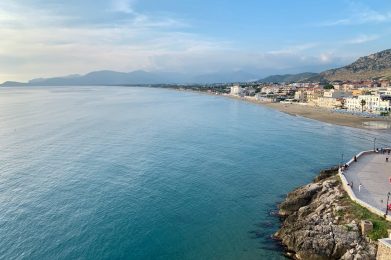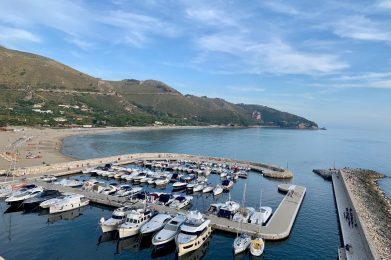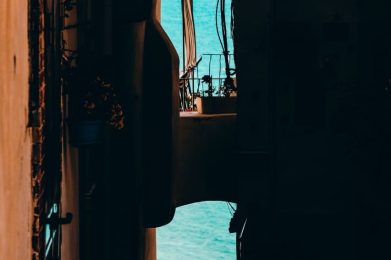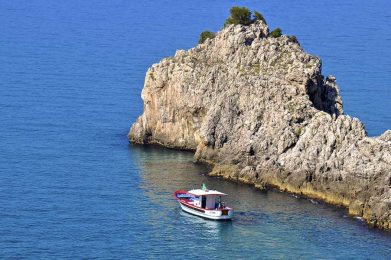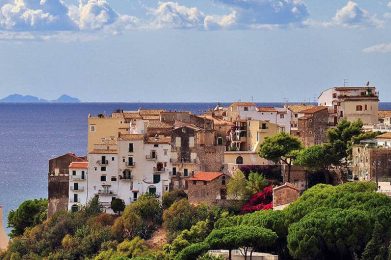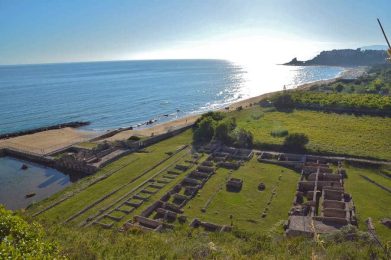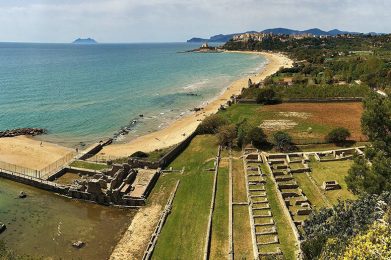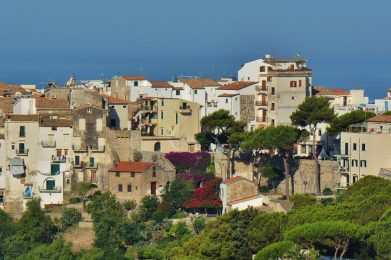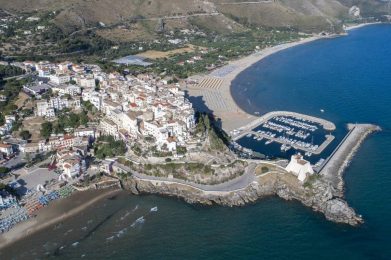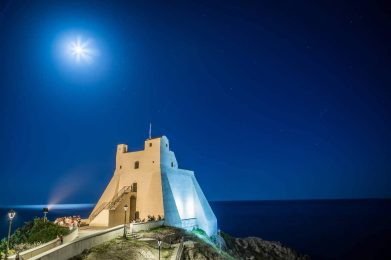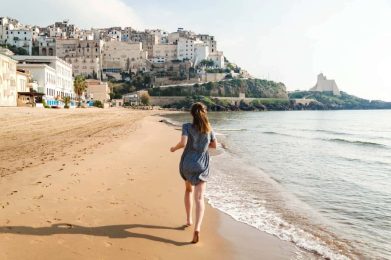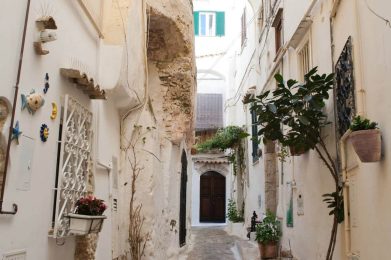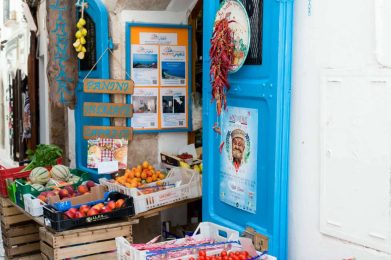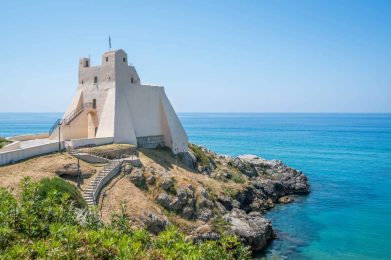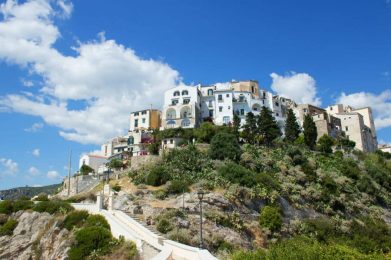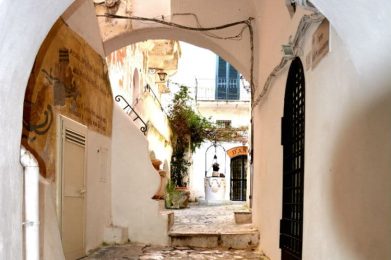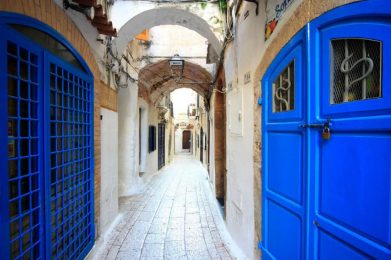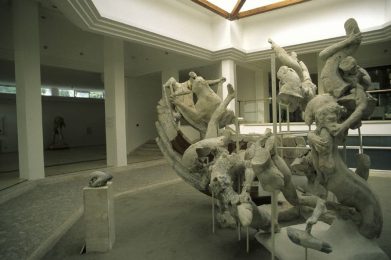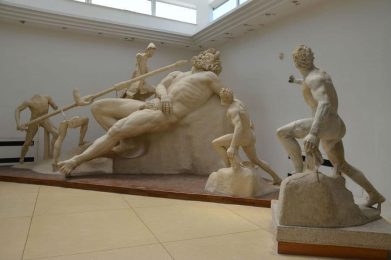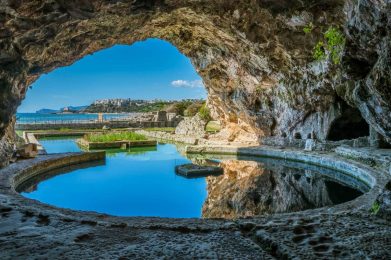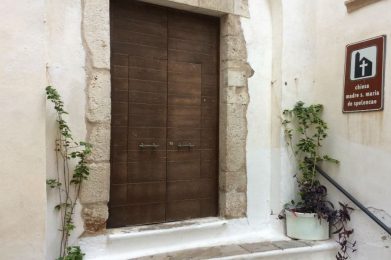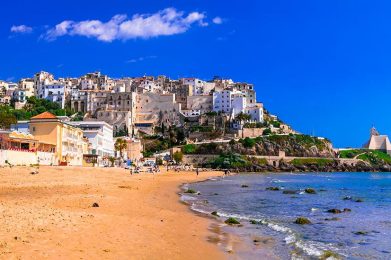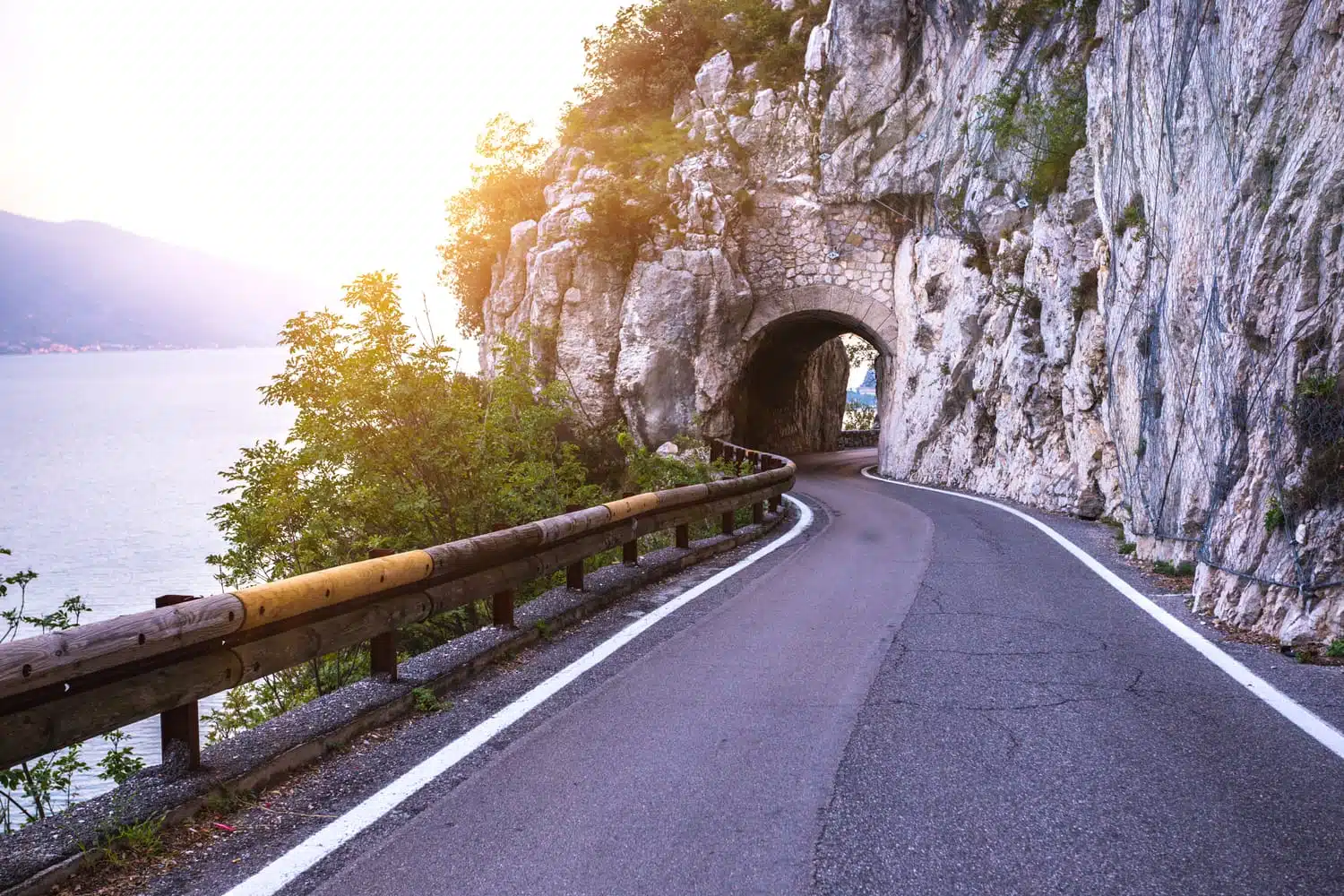Sperlonga, one of the most exclusive and beloved villages in the Lazio region, appreciated since the time of the Roman Empire, stretches along the Flacca State Road between Terracina and Gaeta, and perches majestically on a rocky outcrop overlooking the Tyrrhenian coast, offering breathtaking views and a rich history for those who visit to discover.
Between caves, crystal clear waters and golden beaches
The name "Sperlonga" derives from the Latin "speluncae" or "caves," referring to the numerous natural cavities that characterize its coastline. Of these, the most famous is surely the "Caves of Tiberius", once an integral part of the imperial villa of the Roman emperor of the same name, the ruins of which are now an attraction of great historical interest.
It is no coincidence that Sperlonga has been awarded both the Blue Flag, a symbol of a clean sea and well-equipped beaches, and the Green Flag for the particular suitability of its beaches for children. Wide beaches of fine golden sand alternate with rocky outcrops that form enchanting coves, often accessible only by sea, a true paradise for lovers of nature and relaxation.
The historic village of Sperlonga
The heart of Sperlonga, with its historic center that has remained virtually untouched by time, offers visitors an authentic slice of Mediterranean life. The picturesque white houses, narrow alleys embellished with arches, and occasional panoramic glimpses of the sea and sky create an enchanting atmosphere. This small fishing village still retains traces of a past of pirate defense and hard living, but also of exclusivity and beauty.
The history of Sperlonga: between emperors and pirates
In the territory of Sperlonga, there are traces of human activity dating back to the Upper Paleolithic. According to tradition, right here stood the city of Amyclae, founded by the Spartans. In Roman times, numerous luxurious villas, including that of Emperor Tiberius. In the past, Sperlonga was repeatedly the scene of pirate raids, most recently in 1622 by Ottoman pirates. Rebuilt over the centuries, Sperlonga has preserved its identity, enclosing within its historic center churches, stately palaces and a fascinating castle.
Sperlonga: tradition, festivals and gastronomy
In addition to its natural and historical beauty, Sperlonga boasts a lively cultural and gastronomic tradition. The patronal festival, in honor of St. Leo and St. Rocco, takes place in the days before and after the first Sunday in September. Packed with events, including notable fireworks, it attracts visitors from all over the world. The casual visitor will marvel at the traditional recipes, prepared according to ancient cooking methods. Tasting sardine soup, bean soup, marinade or "bambolotti" with cuttlefish ragu will be a unique culinary experience.
So, what are you waiting for to visit Sperlonga? Between history, natural beauty, crystal clear sea and delicious gastronomy, this enchanting town in Lazio is waiting to offer you an unforgettable experience.


